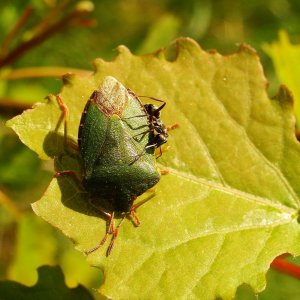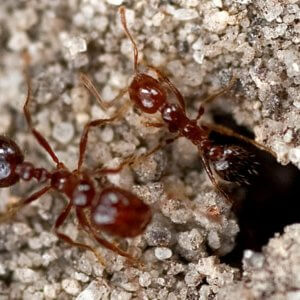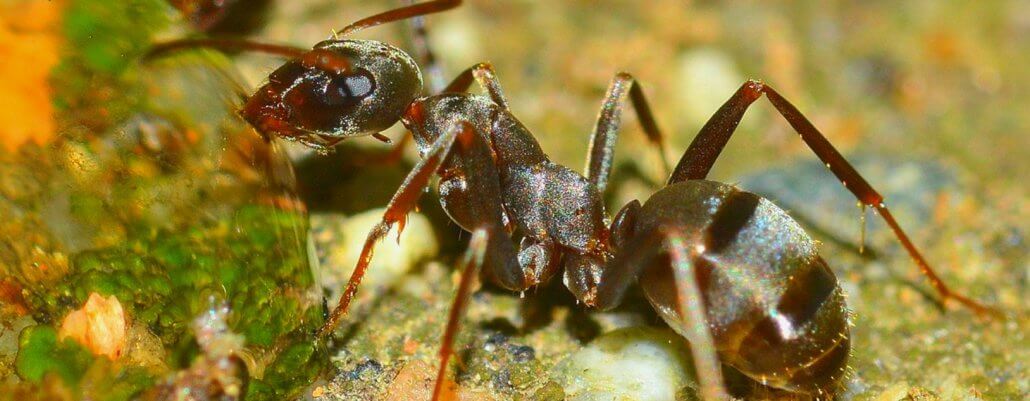Continuing with our soil food web series, this time we will be looking at arthropods. Unlike their preceding microorganisms in the soil food web, arthropods contain both microscopic species and those visible to the naked eye. They are also very abundant in nature, making up 85 % of the entire Animalia kingdom which includes humans. These organisms are mostly found in the soil, which is not surprising as roughly 70-80% of all species in the world live in the soil. Most research on arthropods tend to focus more on their role in the pollination process and as a biocontrol agent, and less is said about their role in the soil, where they are most abundant. This blog will, therefore, focus more on their role in the soil.
Arthropod’s role in soil
Arthropods such as mites, ticks, centipedes, and millipedes play a crucial role in breaking down dead material like plant and animal residues. This is an important role because it results in the supply of plants with the minerals and nutrients necessary for life. It also keeps dead material from accumulating in the environment. During this process, excreta released by these organisms are not only nutrient-rich but are useful to other soil organisms too. For instance, bacteria and fungi feed on the excreta and decompose it further, releasing more nutrients in the process. Plants then pass along those nutrients to the animals that eat the plants. Arthropods function on two of the three broad levels of organisation of the soil food web: they are plant litter transformers or ecosystem engineers.
Arthropods: the litter transformers

Litter transformers shred and humidify ingested plant debris, which is deposited in faeces for further decomposition by other soil micro-organisms, and nurture the growth and dispersal of microbial populations. Large quantities of annual litter input may be processed (e.g. up to 60% by termites). The shredded plant matter in faeces presents an increased surface area of attack for micro-organisms, which, through the process of mineralisation, convert the organic nutrients in this plant matter into simpler, available plant nutrients.
Arthropods: the engineers in the soil

Ecosystem engineers alter the soil’s structure, mineral and organic matter composition, and hydrology. The burrowing of arthropods, particularly the network of tunnels and passageways that comprise termite and ant nests, improves soil porosity. This provides adequate aeration and water-holding capacity below ground, facilitates root penetration, and prevents surface crusting and erosion of topsoil. The movement of particles from lower horizons to the surface by ants and termites assists in mixing the organic and mineral fractions of the soil. The faeces of arthropods are the basis for the formation of soil aggregates and humus, which physically stabilise the soil and increase its capacity to store nutrients.
As we can see, arthropods play a significant role in the soil food web. Farmers should value the role they play, and ensure they implement practices which facilitate and encourage a healthy soil food web, including arthropods. Arthropods can actually be used as a good indicator of a thriving soil food web because they are visible to the naked eye. A soil which has a thriving arthropod population probably has a thriving overall soil food web.
- The management of soils with excessive sodium and magnesium levels - 2023-06-12
- Understanding evapotranspiration better - 2021-10-18
- Soil fungi connections - 2021-09-28

